The Comprehensive Approach Of Zero Trust Security Model
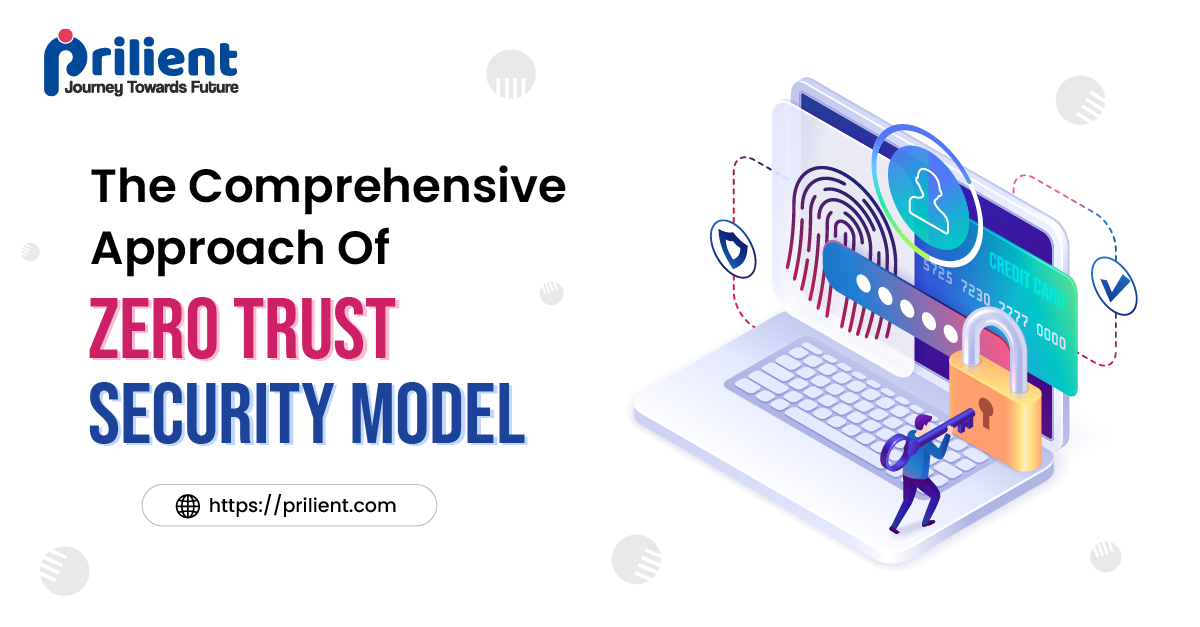
Let’s Begin To Understand Zero Trust Security
The rapid expansion of the digitally driven world has also increased threats related to cyber crimes over all kinds of businesses. Conventional security models are not sufficient to tackle these new types of cyber threats.
This became the foremost reason for the development of the Zero Trust Security Model. It is a cybersecurity solution that denies attackers access to an organizational network and grants authorized users access based on their identities rather than their location.
Basically, it is a novel approach that contradicts the norms of implied trust within internal networks to keep your system highly secured even in the light of new and advanced cyber threats.
Let's discover the whole concept, its importance, and how you can implement this transitional shift in the security system of your organization.
The Keystone Principles Of Zero Trust
There are five major principles on which the foundation of this model is based. They are;
-
Never Trust, Always Verify: It means that no node in the network is trusted by default, thus minimizing the likelihood of unauthorized usage in your system.
-
Least Privilege Access: It promotes very strict access controls where your users and devices can only have the necessary permissions to perform their functions.
-
Multi-Factor Authentication: It embraces multiple authentications, where biometrics, OTPs, security tokens, etc are used in addition to traditional usernames and passwords.
-
Continuous Monitoring and Validation: It adopts advanced security strategies where it constantly monitors and validates user, device, and application activities to eliminate any potential threat to your system.
-
Micro-Segmentation: Zero trust networks are segmented to have many subnetworks; therefore, threats can only spread within the local subnetwork, resulting in low penetration.
What’s Different: Changes Zero Trust Model Brings From Traditional Security Models
-
Traditional models were built on perimeter-based security, granting unverified trust to users within the perimeter. Whereas, Zero trust assumes all users and devices are potential threats until verified.
-
Traditional models were full of private channels that raised the level of vulnerability. However, zero-trust models strengthen security by blocking access to weakened accounts and devices.
-
Traditional models would have no way of validating inputs in real time, but the Zero trust model enables periodic risk reviews, reassessment, and adjustment of trust.
-
Traditional models operated on layer networks, which made it easy for attackers to operate. On the contrary, the zero-trust network decreases the overall attack surface through micro-segmentation.
Why Zero Trust Model Is Indispensable: Advantages It Gives
-
Improved Threat Detection & Response : Through real-time validation, it enhances your organization’s early warning ability for detecting and responding to possible threats.
-
Reduced Attack Surface : It successfully minimizes attack outcomes by restricting their spread and damage with its least privilege access principle.
-
Enhanced Data Protection: The continuous monitoring strategies of this model provide the highest protection from unauthorized access, whether inside or outside your organization.
-
Compliance and Regulatory Adherence : Due to its features, it helps in the seamless adoption of the industrial regulatory guidelines related to compliance certification.
-
Scalability and Flexibility : It can adjust to the changing nature of the modern IT environment, whose elements include cloud computing, IoT, remote working, etc.
-
Enhanced User Experience: It can bring secure collaborations between multiple players that enhance your system’s productivity and user experience at the same time.
-
Cost-effective: It can help you lower your security budget to make your management free from costly and intricate boundary-based security solutions.
-
Future-Proof Security: It transforms a strong and dynamic approach, which can make your system resilient and more prepared for upcoming threats.
Real-World Applications Of Zero Trust Security Model
-
It can be helpful for the secure transmission of sensitive patients’ data, which proves beneficial in maintaining compliance with different acts like HIPAA.
-
By embracing this model, financial institutions can manage customer data efficiently, prevent fraud, and fulfill the stringent demands related to different security standards.
-
It can give better protection to critical infrastructure from cyber threats, thereby ensuring national security.
-
It protects industrial control systems and shields proprietary data from data breaches due to the impact of operational failure.
The Pitfalls Of Neglecting Zero Trust Models
Not using zero trust networks even after having the necessity can be dangerous for the security system of your organization. It can result in multiple issues, including;
-
Operational Disruptions: Successful cyber attacks result in downtime, which can cause operational difficulties and a loss of productivity.
-
Hefty Fines: Non-compliance may result in monetary indemnity that can cause very serious financial trouble to your business.
-
Reputational Damage: Inability to comply can blow your company up in the sphere of reputation, which can result in loss of customer loyalty and market share.
-
Legal Liabilities: Your company will have to bear the blame and liability if the client’s sensitive data is revealed in the public domain, which can result in critical lawsuits.
-
Terminated Merchant Agreement: Your merchant service contract can be terminated and it can even blacklist your organization from doing business.
Implement a zero-trust Security Model With Our Cybersecurity Services
Our Cyber experts, with a combined experience of more than a decade, have developed zero trust security models that can save any business even from the most critical cyber attacks. With ongoing support and assistance, we also emphasize:
1. Zero Trust Architecture Design : Our team can design personalized architecture, including all kinds of necessary concepts and solutions for your business. It will be tuned according to your given needs so that you can smoothly accommodate it to your system.
2. Identity and Access Management : We provide customizable user access management to ensure the right person gets access to your appropriate system, mitigating the risk of phishing attacks over your network.Our anti-spoofing system performs email authentication, which can detect impersonation and help in preventing attacks.
3. Micro-segmentation and Network Isolation: We create network segmentation, which minimizes the spread of threats and reduces the overall risk area.
4. Continuous Monitoring & Analytics: Our advanced monitoring system provides real-time visibility into the device’s location, network traffic, etc. We swiftly detect threat penetration and react with robust incident response.
Conclusion: Let’s Reinforce Your Defense
Technology can’t stop the threat landscape from evolving but it can surely minimize or eliminate the impacts caused by such threats on your organizational system.
Here at Prilient, we dedicate our efforts to delivering top-notch zero-trust security models that a company can rely on to protect its vital networks. With your collaboration, our team of cybersecurity service experts can develop a customized architecture that smoothly integrates into your operational system, minimizing disruptions and downtimes.
Contact us now and start your journey to attain robust system security with our zero-trust Trust Security Models.
Get A Call back
Our Representative Will Contact You Soon.
Recent Posts

Social Media Marketing in 2025: What Will Work for You
2025-01-07

The AI and Machine Learning Revolution In Cybersecurity
2024-07-24

Top IT Services That Are Best For Growing Your Business in 2024
2024-08-28
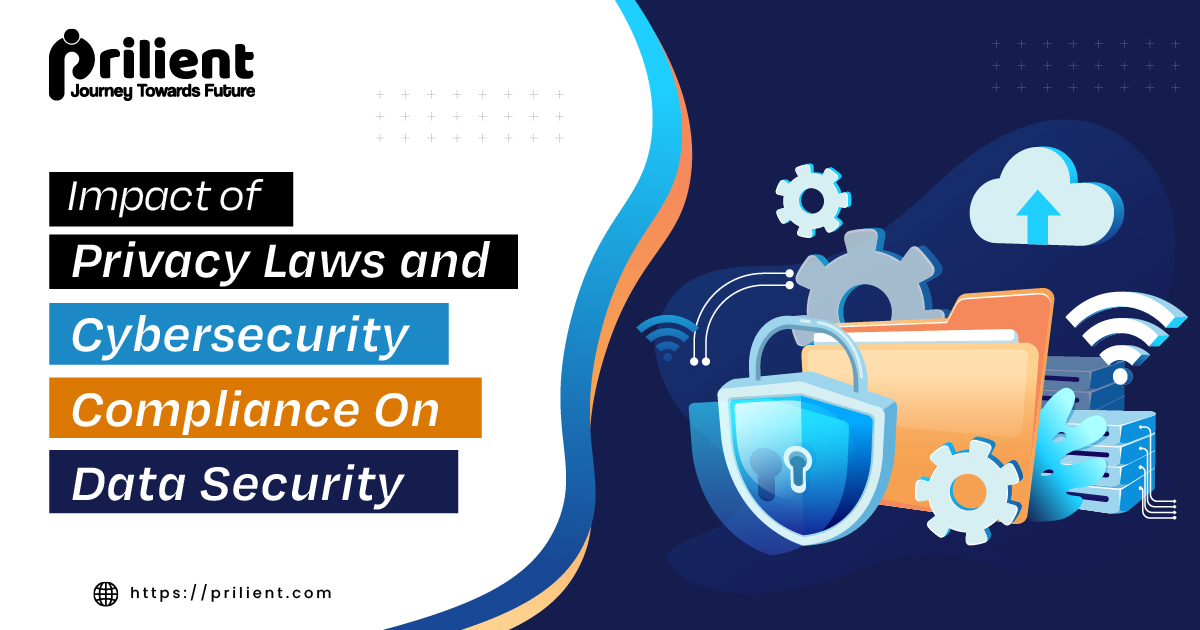
Impact of Privacy Laws and Cybersecurity Compliance On Data Security
2024-07-11

Why HRMS Is The Easiest Solution To Simplify Your HR Management Tasks
2024-08-02

The Comprehensive Approach Of Zero Trust Security Model
2024-06-26

How To Make A Great Website That Users Can not Ignore
2024-06-12

How To Easily Boost Your Profits With Social Media Marketing
2024-06-05

How Digital Marketing Services Grow Your Business
2024-05-23
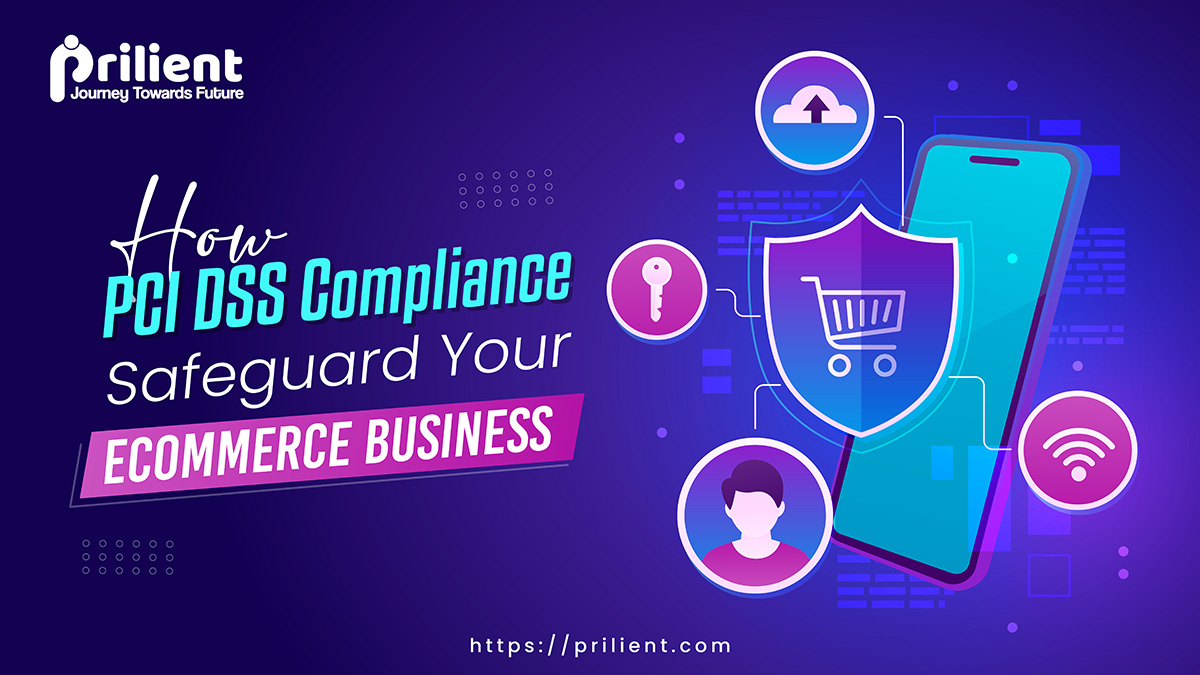
How To Enhance Your Cybersecurity With PCI DSS Compliance
2024-05-18
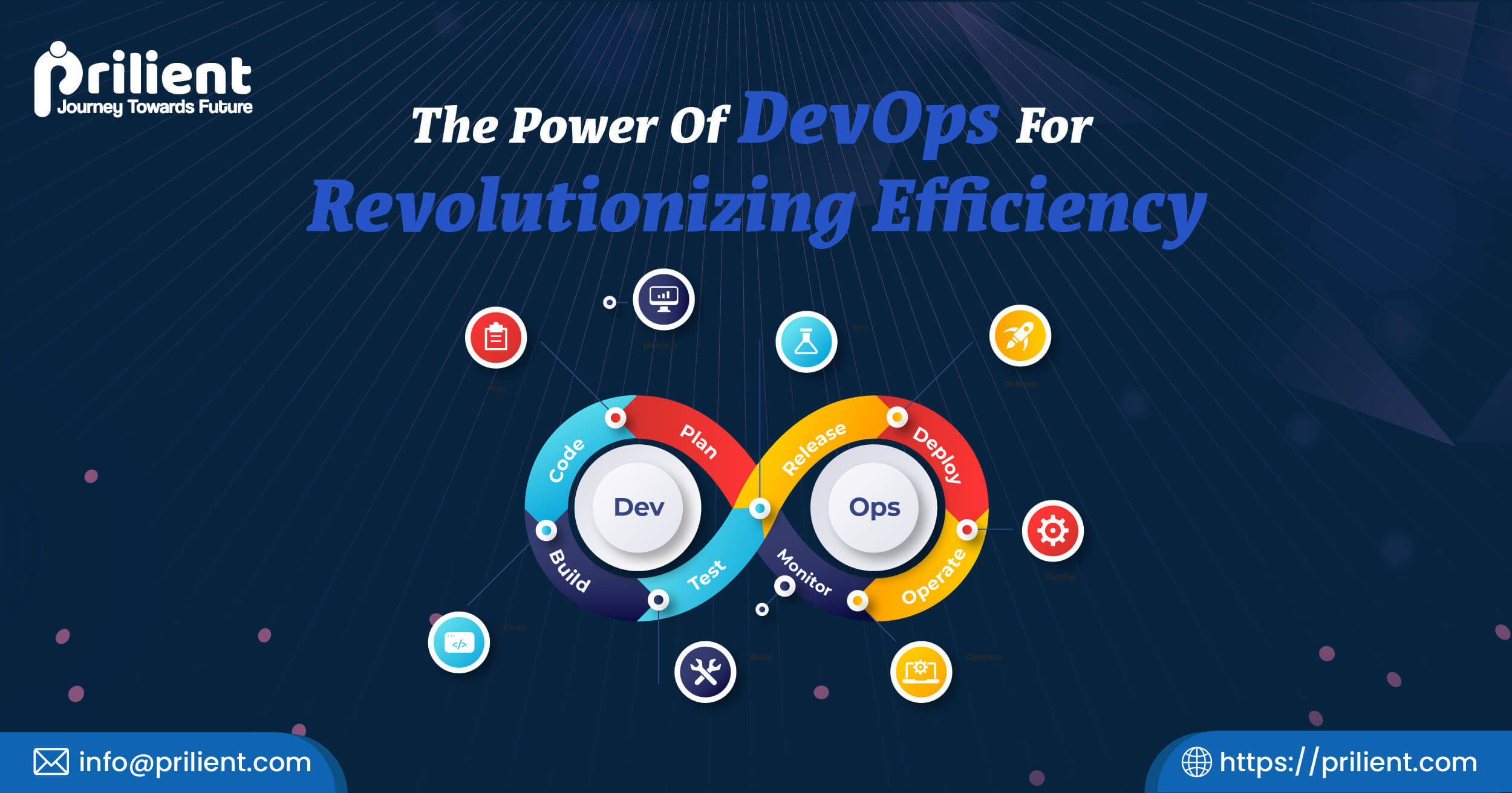
The Power Of DevOps For Revolutionizing Efficiency
2024-04-26

How Cloud Computing Is Shaping New Dynamics In The Industry
2024-04-01

IOT Unplugged: Bridging The Physical And The Digital World
2024-03-14

Emerging Cyber Security Threats Of 2024: How to Safeguard Your Business
2024-03-07

The Impact Of Product Packaging On Branding
2024-03-07

The Role Of Digital Marketing In Modern Business
2024-01-22

Mobile app development
2024-01-05

Tips on Implementing Cybersecurity for small Businesses
2022-09-16

Best Cybersecurity Solutions for Small Businesses
2022-12-21
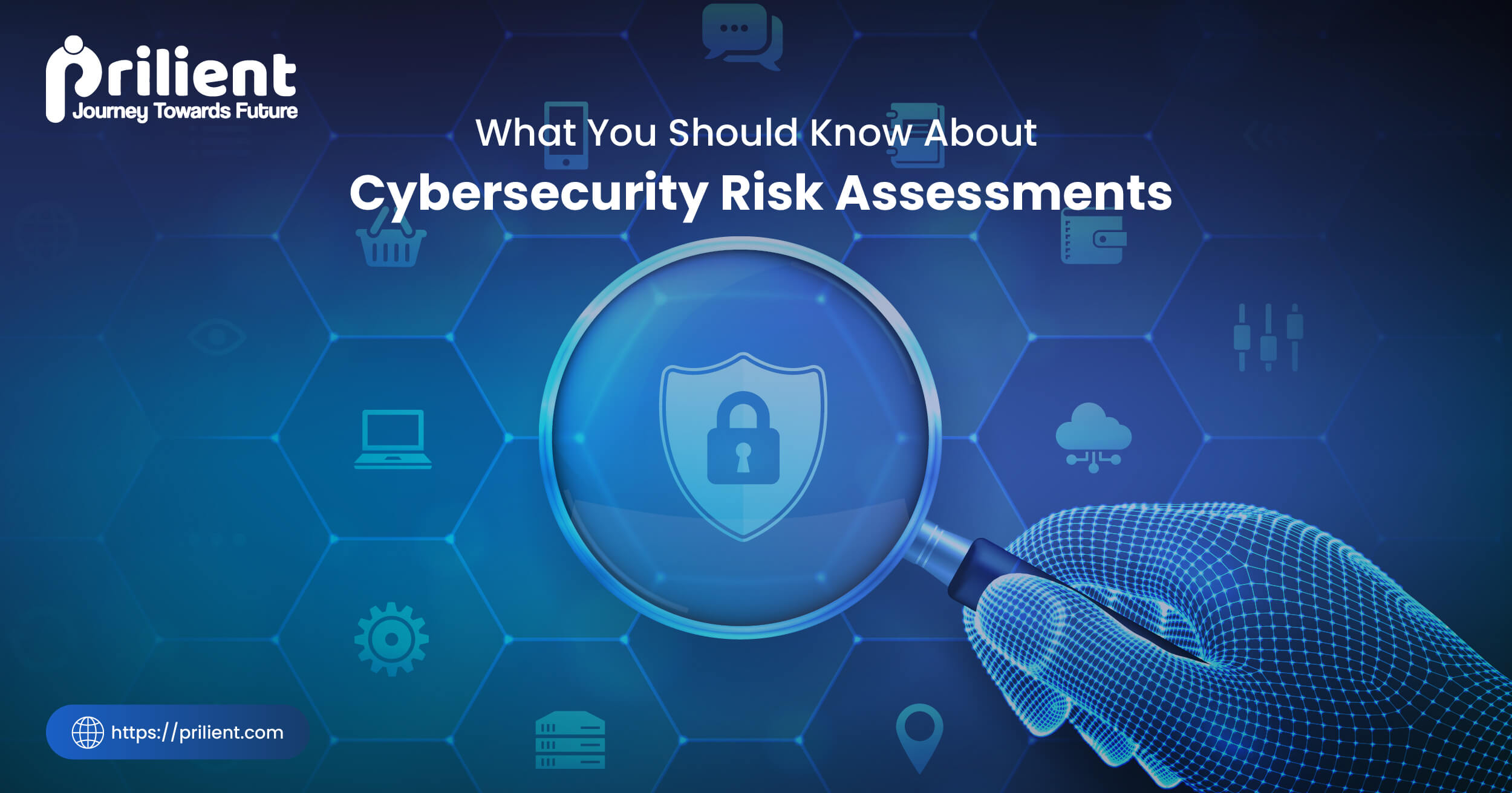
What you should know about Cybersecurity risk assessments
2022-01-27
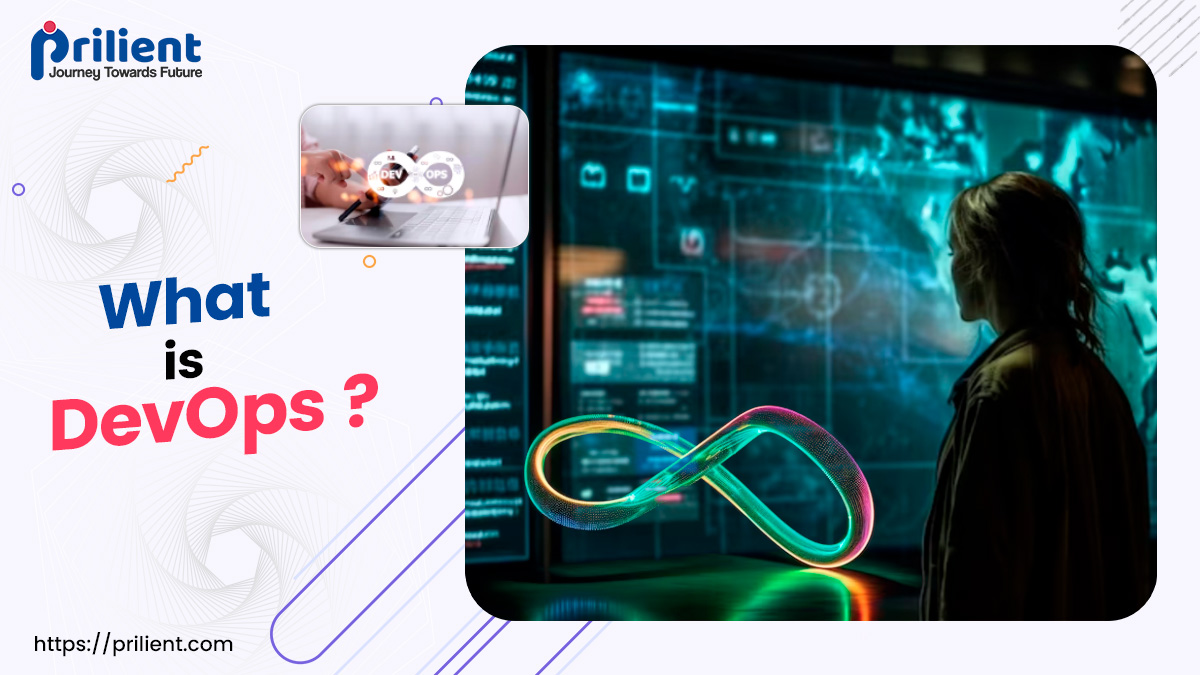
What is DevOps? Tools and Benefits
2022-06-19

What are Cloud Management Services? Know Everything About It.
2027-02-28

Latest Trends in Cybersecurity 2022
2023-03-22
Trending Posts

Latest Trends in Cybersecurity 2022
2023-03-22

What are Cloud Management Services? Know Everything About It.
2027-02-28

What is DevOps? Tools and Benefits
2022-06-19

What you should know about Cybersecurity risk assessments
2022-01-27

Best Cybersecurity Solutions for Small Businesses
2022-12-21

Tips on Implementing Cybersecurity for small Businesses
2022-09-16

Mobile app development
2024-01-05

The Role Of Digital Marketing In Modern Business
2024-01-22
Leave A Reply
Your email address will not be published. Required fields are marked *
Copyright © 2025 Prilient. All rights reserved. ISO/IEC 27001 certified